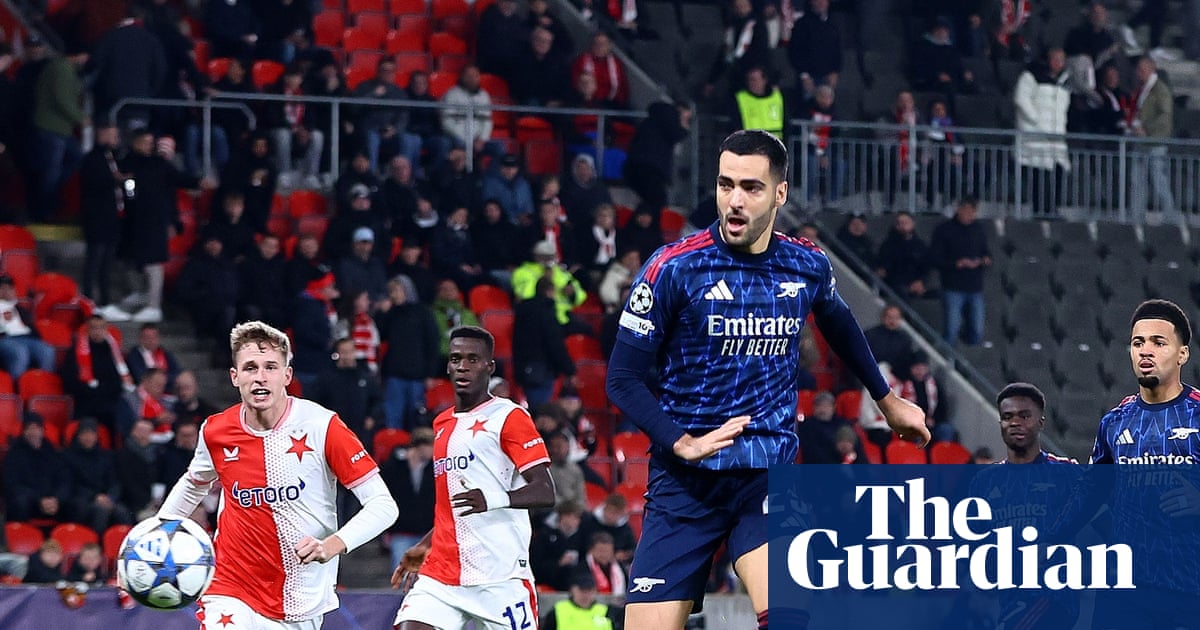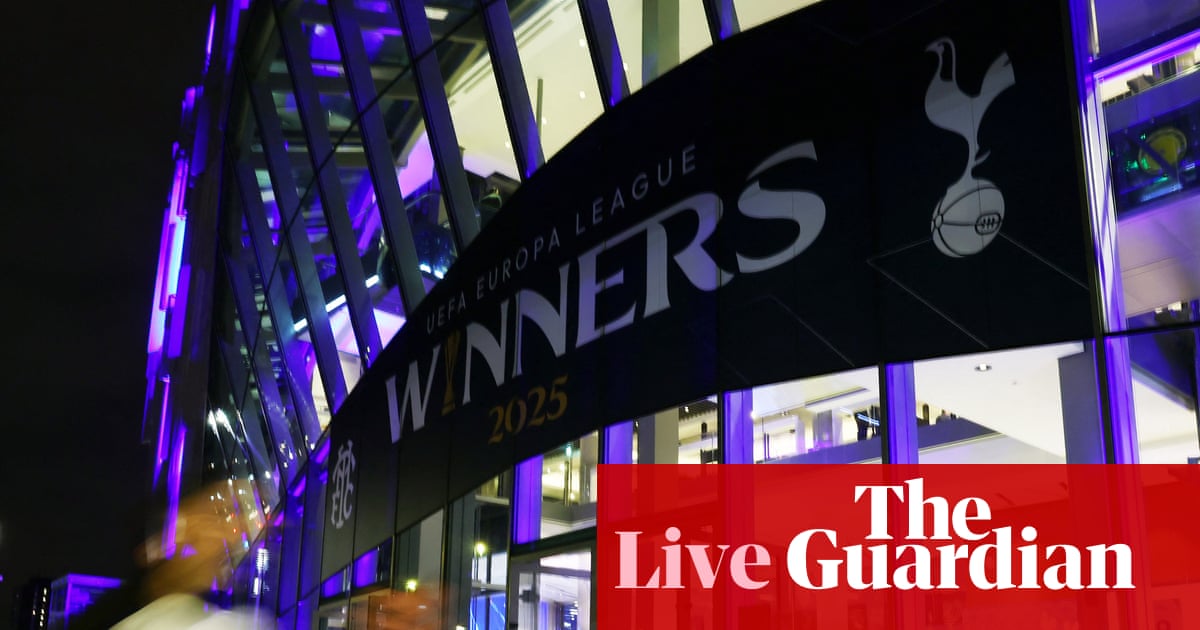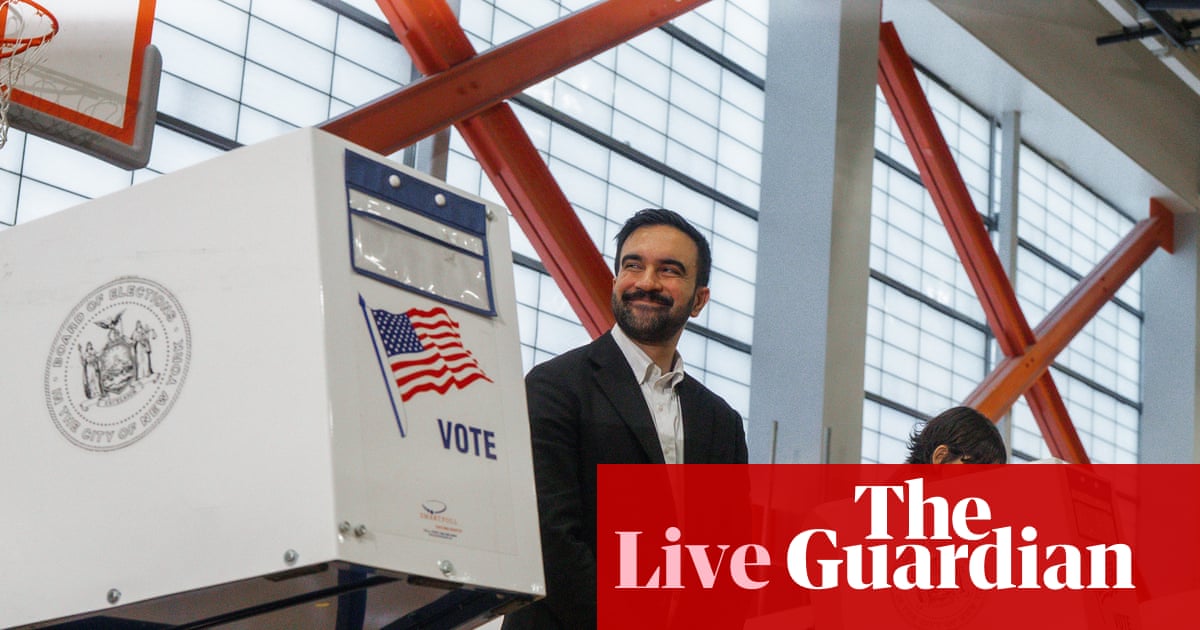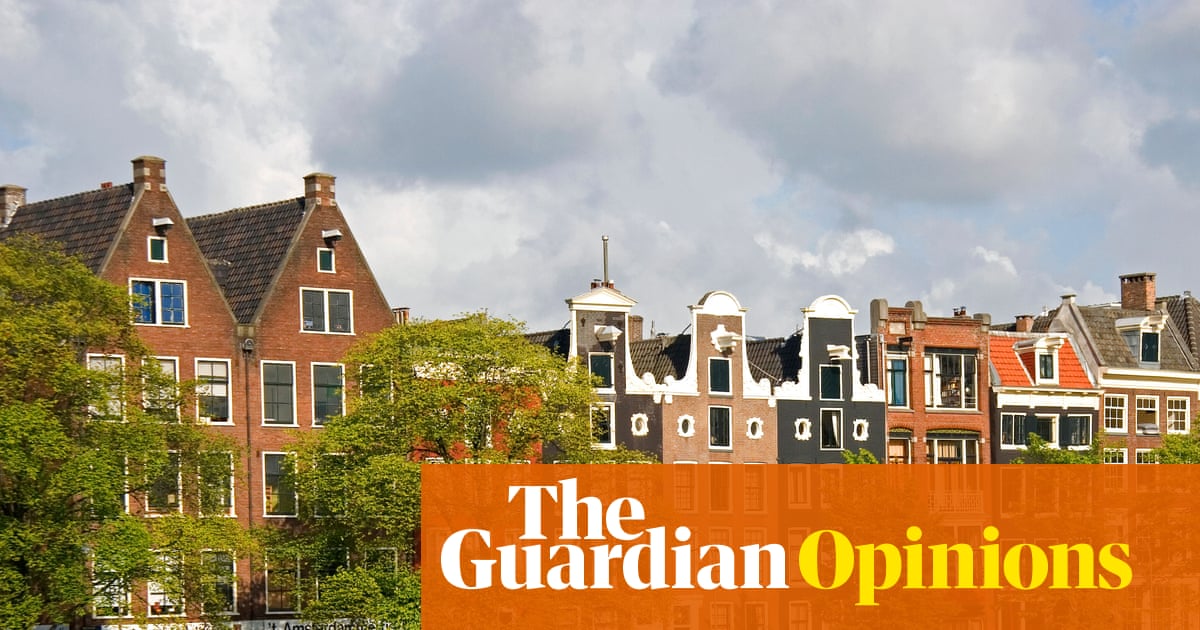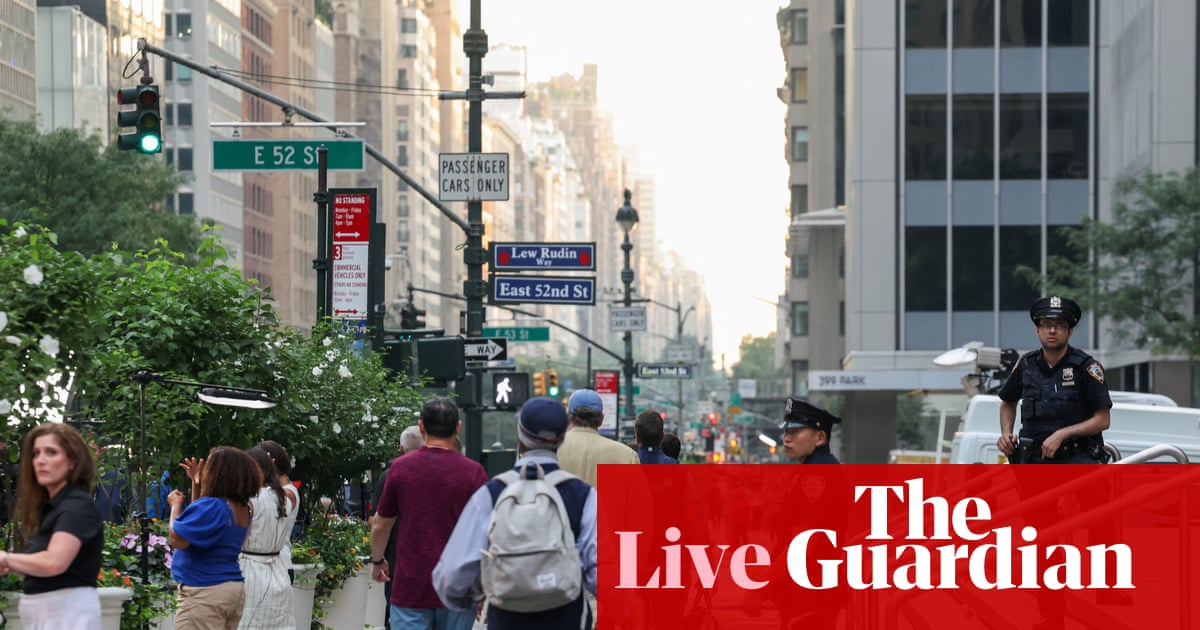Fifty years ago, Arsenal lost 2-0 to Malaysia in Kuala Lumpur, with jet-lagged players struggling to deal with frogs bouncing around the Merdeka Stadium pitch as well as the legendary local striker Mokhtar Dahari.
Since then, however, many aspects of Asian tours by English clubs have changed. They have become, mostly, slick affairs. This summer, Arsenal will visit neighbouring Singapore for games against Newcastle and Milan. Then to Hong Kong for an unusual north London derby against a Tottenham team that will also travel to South Korea to face Newcastle. Liverpool visit Japan and Hong Kong just weeks after Manchester United were in action there on a post-season tour, which they finished in Malaysia.
Not all has changed, though. Arsenal received an undisclosed sum back in the mists of time and generating revenue is still the order of the day. There are millions of fans in Asia who want to see their favourite teams and if they are lucky enough to live in the continent’s richer countries – you don’t see many exhibitions in Laos or Bangladesh, by contrast – clubs are happy to oblige. Sneering at such exhibitions is easy; harder is staying up into the early hours, weekend after weekend, season after season.
“These opportunities don’t come around often,” Sawita Chuasukontip, an Arsenal fan in Thailand, says. “There’s real excitement as everyone eagerly anticipates the team’s visit to Asia, from the announcement of the tour to the ticket sales. Many fans can’t make the trip to Europe to see games. That’s why the club’s visit is so significant, it gives fans the chance to experience their favourite team up close without the long journey.”
Fans in Malaysia felt the same when Manchester United visited in May. “It’s important as most of us can’t afford to fly across the world to see them live and fans do enjoy them,” says Aysha Ridzuan, a fan and Kuala Lumpur-based sports social media consultant. “For some, it’s like a dream come true to see them up close.”
United’s time in Malaysia almost turned into a nightmare with a 1-0 loss to an Asean All Stars team and negative headlines about the behaviour and attitude of certain players. “It’s a shame the recent one didn’t go so well – arriving so soon from a tough season,” Ridzuan adds. “But I hope they don’t take a long time to come again because it’s proven that they have a huge fanbase here. Even after an awful season, over 70,000 people still turned up to see them in action.”
The verdict on the performance was not kind after the defeat, but these kinds of games are becoming less common. “Fans are bored of European teams coming in and playing against the national team or All Star teams, that’s been done to death and very rarely creates a good match,” Marcus Luer, who staged the United v Liverpool clash in Bangkok three years ago, says. There is a growing trend of big European clubs facing rivals instead of hastily assembled local sides. This may lead to higher prices but fans have shown they want the occasion to be as authentic as possible.
They also want the clubs to show they care. “I just want them to make the most of their tour, like reaching out to underprivileged fans, like children in remote areas or those with limited financial resources,” Jittakorn Srikhamkhrua, a Thai Liverpool fan and influencer, says. “I’d like the club to create more tangible opportunities for these individuals.”
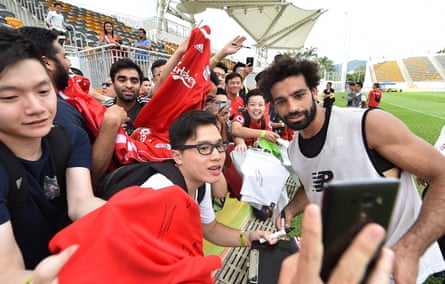
The more clubs do on tour, the better it is. Fans in Asia want to feel valued and not just as a source of revenue. “It not only helps strengthen connections with the fans but might also encourage more Asian supporters to travel to Europe to watch matches in person,” Chuasukontip says. “Importantly, it shows the clubs’ commitment and care for their fans, even from a distance.”
after newsletter promotion
Clubs need to work on that commitment all the time. “Asian supporters want 24/7, 365 engagement with their favourite clubs and for a club simply to visit a country, say, once every four years is simply not enough,” Simon Chadwick, professor of Eurasian sport at Emlyon Business School in Paris, says.

Manchester United’s immersive Theatre of Dreams experience and entertainment centres in China are an example of what can be done. “They give fans the opportunity to be close, even though the team is elsewhere,” Chadwick adds. “This suggests that virtual reality, augmented reality, and digital technologies are likely to be the most effective means of sustaining relationships with remote fans. The question is, will clubs be prepared to invest in them?” If so, then the visits could go to a new level. “Asian tours have never peaked because European clubs have never taken them as seriously as they should,” Chadwick says.
It is not just about engaging with current fans but winning over new ones, too. Lifting major trophies is the best way and, while it could be that gruelling trips to Asia in pre-season do not help, this is the reality in which clubs operate. “Research has always shown that the main point of engagement for many prospective fans is on-field success,” says Chadwick. “But engagement is not simply about watching 90 seconds of highlights on mobile devices, audiences want touch and feel experiences … finding a balance between success and experience is one of the big challenges European clubs face.”

 3 months ago
99
3 months ago
99









